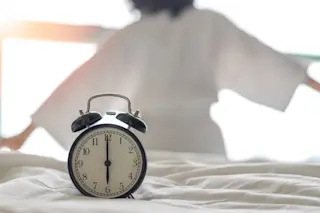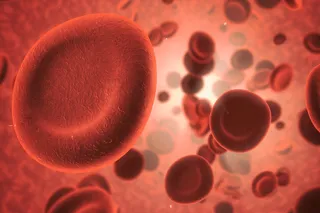Do you know what time it is? Your body does. That’s thanks to our circadian rhythms, a set of biological processes that aligns our inner workings with an Earth day, no clocks necessary. In a basic sense, they represent a functional adaptation to the reality of living on a planet that regularly sees both light and dark. Circadian rhythms are found in living creatures from all kingdoms of life, from plants to animals to simple bacteria.
While scientists have noted that some plants and animals have altered their behavior in response to the time of day for centuries, it’s only recently that we’ve begun to uncover the true scope of what circadian rhythms control. We all know that circadian rhythms are what make us sleepy at night. But they also regulate our core body temperatures, immune function, hormone production, cellular activity, and more, all on a repeating 24-hour-long schedule. And ...














